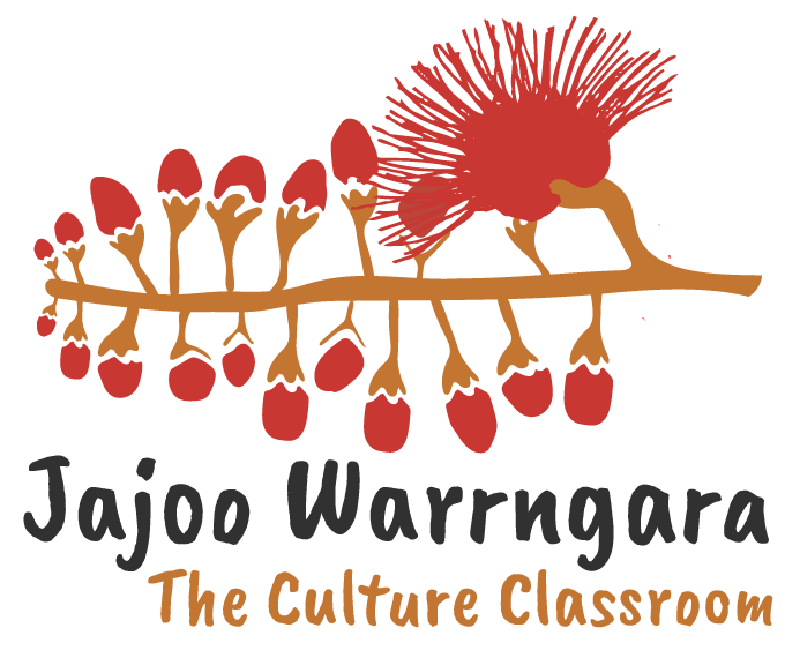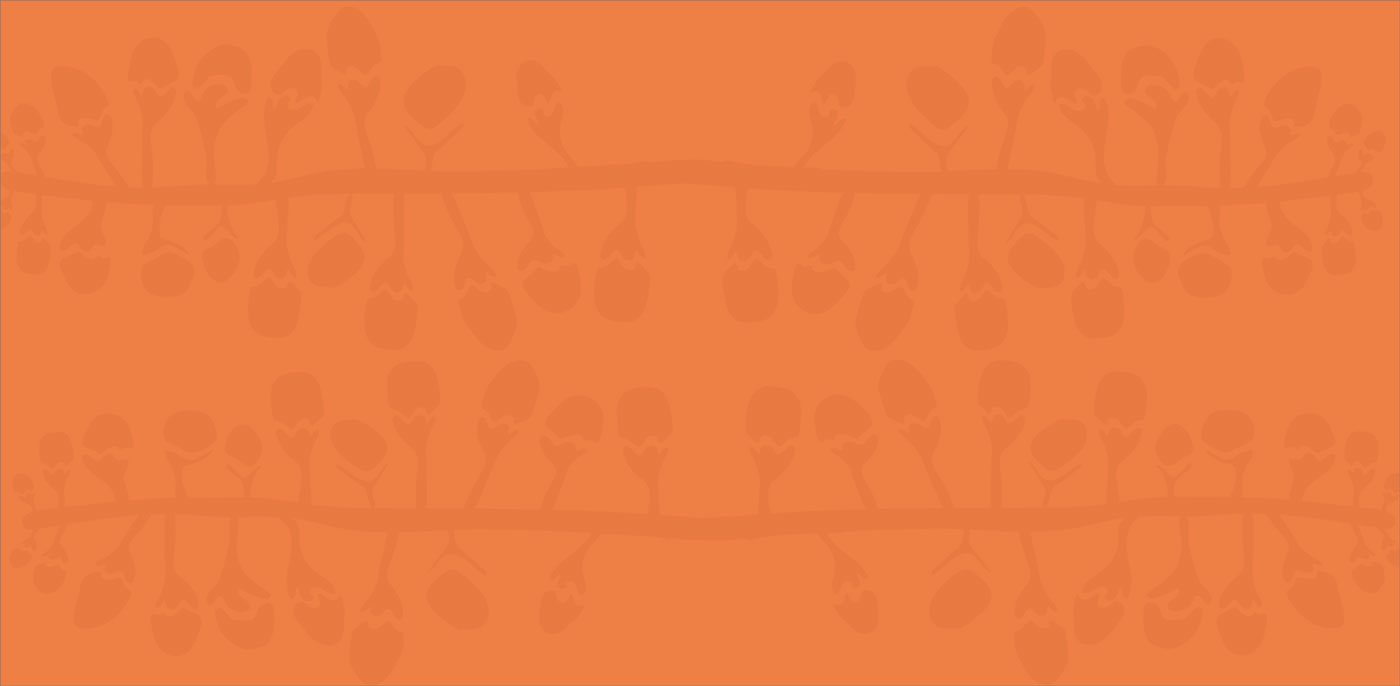Cross Curriculum Priorities
Aboriginal and Torres Strait Islander Histories and Cultures
A_TSICP1 First Nations communities of Australia maintain a deep connection to, and responsibility for, Country/Place and have holistic values and belief systems that are connected to the land, sea, sky and waterways.
A_TSIC3 The First Peoples of Australia (Aboriginal Peoples) belong to the world’s oldest continuous cultures. First Nations Australians demonstrate resilience in the maintenance, practice and revitalisation of culture despite the many historic and enduring impacts of colonisation, and continue to celebrate and share the past, present and future manifestations of their cultures.
A_TSIC1 First Nations Australian societies are diverse and have distinct cultural expressions such as language, customs and beliefs. As First Nations Peoples of Australia, they have the right to maintain, control, protect and develop their cultural expressions, while also maintaining the right to control, protect and develop culture as Indigenous Cultural and Intellectual Property.
A_TSIP3 The significant and ongoing contributions of First Nations Australians and their histories and cultures are acknowledged locally, nationally and globally.
Sustainability
SD1 Sustainably designed products, environments and services aim to minimise the impact on or restore the quality and diversity of environmental, social and economic systems.
SD3 Sustainable design requires an awareness of place, past practices, research and technological developments, and balanced judgements based on projected environmental, social and economic impacts.
Curriculum Links
AC9TDE8K03 Analyse how force, motion and energy are used to manipulate and control engineered systems
AC9TDE8K06 Analyse how characteristics and properties of materials, systems, components, tools and equipment can be combined to create designed solutions
AC9TDE8P01 Analyse needs or opportunities for designing, and investigate and select materials, components, tools, equipment and processes to create designed solutions
AC9TDE8P02 Generate, test, iterate and communicate design ideas, processes and solutions using technical terms and graphical representation techniques, including using digital tools
AC9TDE8P03 Select, justify and use suitable materials, components, tools, equipment, skills and processes to safely make designed solutions
AC9TDE8P04 Develop design criteria collaboratively including sustainability to evaluate design ideas, processes and solutions
AC9TDI8P04 Define and decompose real-world problems with design criteria and by creating user stories
AC9TDI8P08 Generate, modify, communicate and evaluate alternative designs
AC9S7U04 Investigate and represent balanced and unbalanced forces, including gravitational force, acting on objects, and relate changes in an object’s motion to its mass and the magnitude and direction of forces acting on it
AC9S7H01 Explain how new evidence or different perspectives can lead to changes in scientific knowledge
AC9S7H02 Investigate how cultural perspectives and world views influence the development of scientific knowledge
AC9S7H03 Examine how proposed scientific responses to contemporary issues may impact on society and explore ethical, environmental, social and economic considerations
AC9S7I01 Develop investigable questions, reasoned predictions and hypotheses to explore scientific models, identify patterns and test relationships
AC9S7I02 Plan and conduct reproducible investigations to answer questions and test hypotheses, including identifying variables and assumptions and, as appropriate, recognising and managing risks, considering ethical issues and recognising key considerations regarding heritage sites and artefacts on Country/Place
AC9S7I03 Select and use equipment to generate and record data with precision, using digital tools as appropriate
AC9S7I04 Select and construct appropriate representations, including tables, graphs, models and mathematical relationships, to organise and process data and information
AC9S7I05 Analyse data and information to describe patterns, trends and relationships and identify anomalies
AC9S7I06 Analyse methods, conclusions and claims for assumptions, possible sources of error, conflicting evidence and unanswered questions
AC9S7I08 Write and create texts to communicate ideas, findings and arguments for specific purposes and audiences, including selection of appropriate language and text features, using digital tools as appropriate
Unit Content



